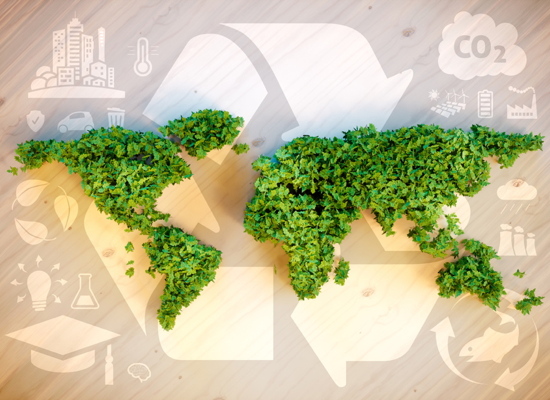Green beauty has been a buzz word for quite some time, centered on products that are environmentally and socially sustainable. In the last few years, new subsection of green beauty has been gaining attention and coming to the spotlight – Blue Beauty. Blue beauty, which you may be able to predict, focuses on the protection of our oceans and everything in them. Much like green beauty, a large focus of blue beauty is the handling and use of plastic in products. The blue beauty label or callout on a product means it uses safe, sustainably sourced ingredients, as well as ocean-safe ingredients, with reused, recyclable, or refillable packaging.
beauty has been gaining attention and coming to the spotlight – Blue Beauty. Blue beauty, which you may be able to predict, focuses on the protection of our oceans and everything in them. Much like green beauty, a large focus of blue beauty is the handling and use of plastic in products. The blue beauty label or callout on a product means it uses safe, sustainably sourced ingredients, as well as ocean-safe ingredients, with reused, recyclable, or refillable packaging.
Researchers estimate that more than 8.3 billion tons of plastic has been produced since the early 1950s. About 60% of that plastic has ended up in either a landfill or the natural environment. If current trends continue, our oceans could contain more plastic than fish by 2050. (1) Solutions to these problems not only include limiting the plastic waste that is adding to these totals, but also finding better management processes for dealing with the waste that is already out there.
A small and large scale example of companies taking action are One Ocean Beauty and Shiseido with their Blue Project. One Ocean Beauty is a brand formulated with zero waste packaging and sustainable ingredients using “blue biotechnology” which allows the preservation of the ocean’s biodiversity. Shiseido as a large corporation has partnered with WeAreOneOcean working to protect 30% of the ocean by 2030. Here at The Spearhead Group, a core value is to focus on sustainability, which can be seen in some product innovations with reduction and elimination of plastic in certain packaging options. All of these companies together are helping to tackle the bigger problems with their own unique solutions.
Education is a great first step to problem solving for both companies and individuals. Investigate your favorite brands and products to see if the packaging is recyclable, and how you can ensure the components are properly recycled. Read up on your favorite products to see if there is transparency on the supply chain for ingredients. Of course, once you have completed your research, actively choose to shop those brands that you feel support the movement to protect both our land and oceans.
(1). https://www.unep.org/interactive/beat-plastic-pollution/
